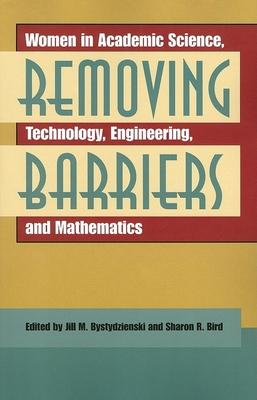Movement into academic science, technology, engineering, and mathematics (STEM) fields has been slow for women and minorities. Not only are women and minorities underrepresented in STEM careers, there is strong evidence that many academic departments are resistant to addressing the concerns that keep them from entering careers in these fields. In light of recent controversies surrounding these issues, this volume, examining reasons for the persistence of barriers that block the full participation and advancement of underrepresented groups in the sciences and addressing how academic departments and universities can remedy the situation, is particularly timely. As a whole, the volume shows positive examples of institutions and departments that have been transformed by the inclusion of women and recommends a set of best practices for continuing growth in positive directions.

Removing Barriers: Women in Academic Science, Technology, Engineering, and Mathematics
Movement into academic science, technology, engineering, and mathematics (STEM) fields has been slow for women and minorities. Not only are women and minorities underrepresented in STEM careers, there is strong evidence that many academic departments are resistant to addressing the concerns that keep them from entering careers in these fields. In light of recent controversies surrounding these issues, this volume, examining reasons for the persistence of barriers that block the full participation and advancement of underrepresented groups in the sciences and addressing how academic departments and universities can remedy the situation, is particularly timely. As a whole, the volume shows positive examples of institutions and departments that have been transformed by the inclusion of women and recommends a set of best practices for continuing growth in positive directions.